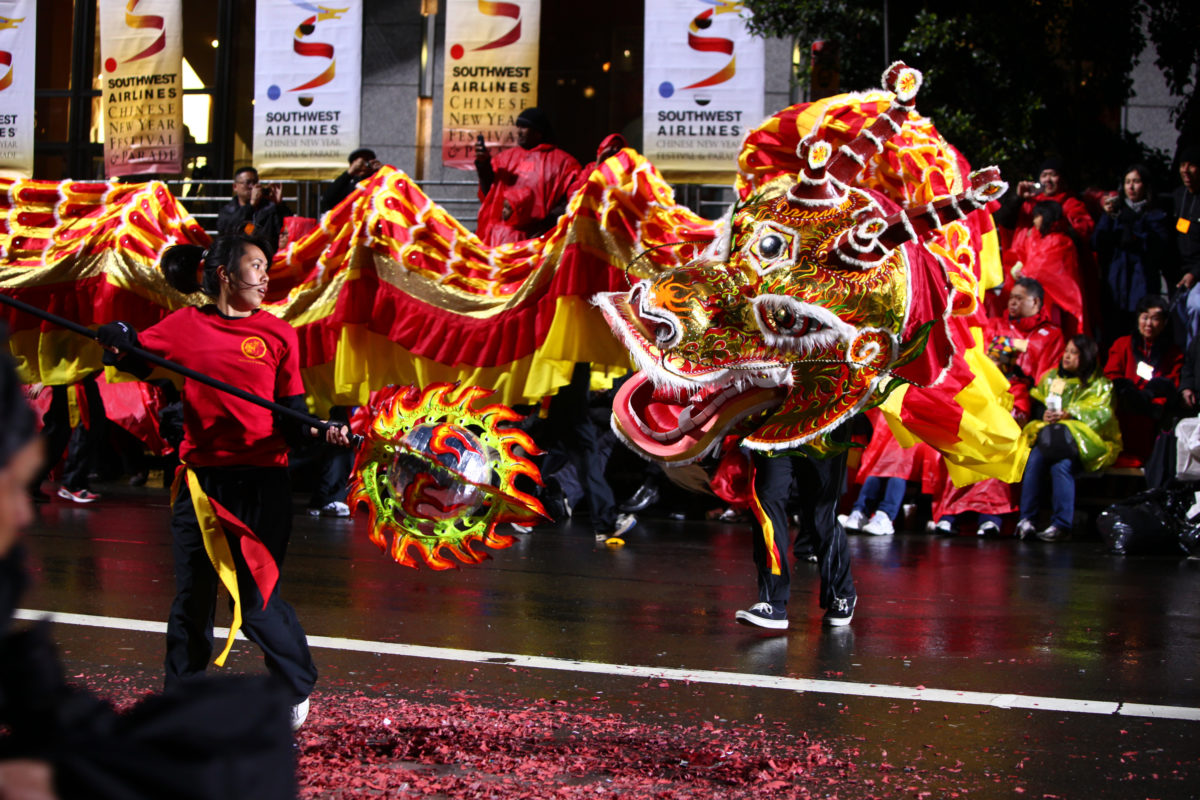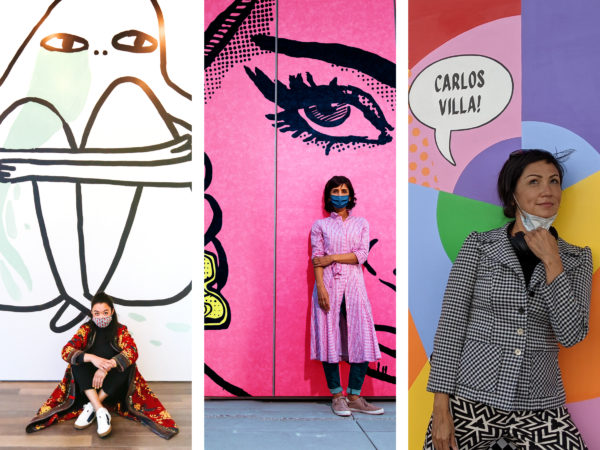Activity
New Year’s Celebrations: China
Objective: Learn about rituals and traditions of the Chinese Lunar New Year.

Chinese New Year Parade 2011, San Francisco, California.
Celebrating the Lunar New Year in China
How do you celebrate the beginning of a new year? Many people celebrate the new year on December 31st and January 1st, but in many Asian countries, including China, the Lunar New Year is also observed—as a time for thinking about the past, honoring our ancestors, and making preparations for a successful year to come. For Chinese people all over the world the lunar new year is the most important celebration of the year. It begins on the first new moon of the first month of the lunar calendar and ends two weeks later with the full moon. The exact date of the Chinese Lunar New Year changes each year according to the lunar and solar calendar, ensuring that it can remain in January or February. The fifteen-day celebration begins on the evening before the start of the lunar year.
Before celebrations can begin, houses are cleaned, debts are paid, and new, brightly colored clothing is purchased. To ensure good luck in the coming year, people place symbols of good luck around the home, such as certain blossoming flowers, mandarin oranges, and pictures of powerful guardians. Red door banners, dragon dances, and the loud beating of drums protect home and community by fending off threatening spirits.
In China, everyone “ages” a year on the first day of the Lunar New Year, like one enormous birthday celebration. People—from royalty to famers—perform a ritual ceremony, bumping one’s head to the ground to show respect to parents and relatives. On New Year’s Eve, the family comes together to celebrate with a feast of symbolic food, thought to bring luck in the next year, and render appreciation for the past. These traditions vary across China. For example, the round dumplings of northern China differ from the crescent shaped dumplings in the shape of silver ignots, common in southern China that are thought to bring wealth.
Preparing the Home
Prior to the new year, families prepare their home by cleaning up the house and putting away all sharp objects. This clears the home of all bad luck. To ward off threatening spirits and keep good luck inside the home, some people hang pictures of door gaurdians or lucky words on either side of the entrance to the home at New Year. Prints of door gaurdians come in pairs, to be pasted on the main entrance of the home. Such a public positioning is meant to keep out threatening spirits and attract prosperity. The figures face each other in order to better observe everything that passes through the door. The two most frequently seen door guardians represent the generals Qin Qiong and Yuchi Gong, who are celebrated for having saved an emperor from the threat of demons. Each can be identified by his weapon: Yuchi Gong holds a steel whip and Qin Qiong grasps a sword. Prints like this one are often glued on doors, windows, walls, pillars, furniture, and any place around the outside of the house. Celebratory themes and images pictured on the prints bear wishes for a happy new year, a long life, health, fortune, continuation of the family line, and protections against threatening spirits—many of the prominent themes embedded in symbols on Chinese art.
Symbols and Puns
Decorating the home with lucky symbols was —and still is —commonly believed to increase the likelihood of wishes being fulfilled. Such wishes are symbolized by plants, animals, human figures, and objects —alone or in combination—to create a rebus, or pictorial pun. The Chinese language lends itself to punning because many of its words share pronunciations. For example, fu, the word for “bat” also sounds like “blessings.” The bat is one of the most popular symbols in Chinese art, and is usually shown upside down. Upside down, or dao, is a pun on the word “arrived”; therefore, an upside-down bat means “blessings have arrived.”
Explore More
To learn more about the stories and traditions of China’s Lunar New Year, watch our storytelling videos, Nian, the Beast and The Dragon’s Pearl (see “Related Resources” below), explore symbols and their “hidden meanings” and create a rebus with our Pictures and Puns lesson (see “Related Resources” below), or use the zodiac chart to find out about your own symbol.






